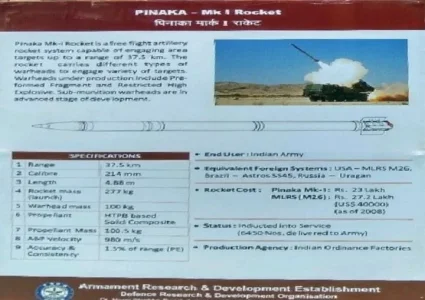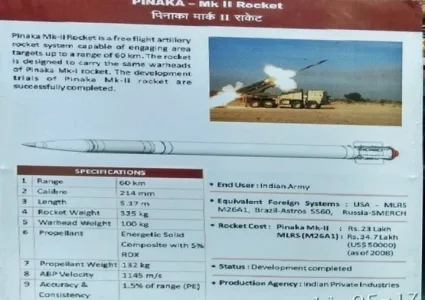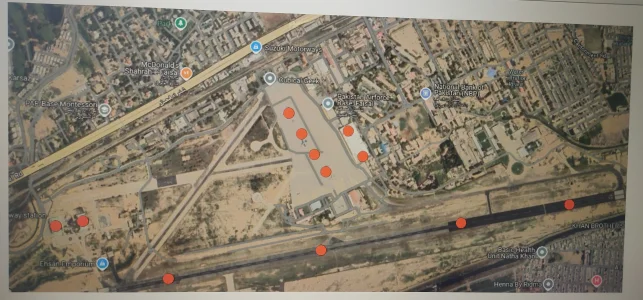First thing first; unguided and guided rockets are not two "different" categories of weapons rather one is the next generation of another.
When we developed detachable magazines then did we started to have two different kinds of guns with detachable or non-detachable magazines or all of them slowly got replaced by the better one!? Something similar is the case here.
90% of the time a guided rocket is used to target static targets. GPS and to most extent INS can't compensate for a dynamic target
Again, unless fitted with a more precise terminal seeker they'd be used exclusively for static targets
There is and I think you're confusing the use of guidance in rocket with something else.
Rockets are upgraded with guidance kits not because they're used to target moving things, absolutely not. The only reason to use guidance kits on rockets is because rockets are extremely inaccurate weapons. They are just horrendous as the range increases and there's a reason for that
View attachment 16574
As soon as they accelerate they've their CM somewhere in middle because you've a large amount of propellant. But hardly 4-5sec into flight and all the CM gets shifted near the warhead assembly and you're left with a long, empty tube trailing behind it. And by no means this is a desirable situation in terminal ballistics.
Not to mention things like slower speed, slower revolution and higher susceptibility to windage drift compared to an artillery shells.
So by all means it's better to have guided rockets if you plan to go long range no matter what's the use case...2 rockets, 471 rocket salvo, save cost, dynamic, static, whatever.
As for the benefits in static targets which you might be confusing with dynamic, here's two
View attachment 16578
The brown area is a concentration of troops in open and the green circle are the lethal blast radius of each shell. In both cases (one was too out frame to include) I fire a salvo of 9 rockets with only difference being that in the first each is assigned a GPS coordinates to minimize gaps in between.
You'll me, which one would neutralize more troops?
Second example, let's target a military installation
View attachment 16579
With just 12 rockets I can destroy this whole air base by efficiently "assigning" them to things like hanger and runways.
Tell me how many rockets would I have needed to achieve this level of destruction if they were unguided?








